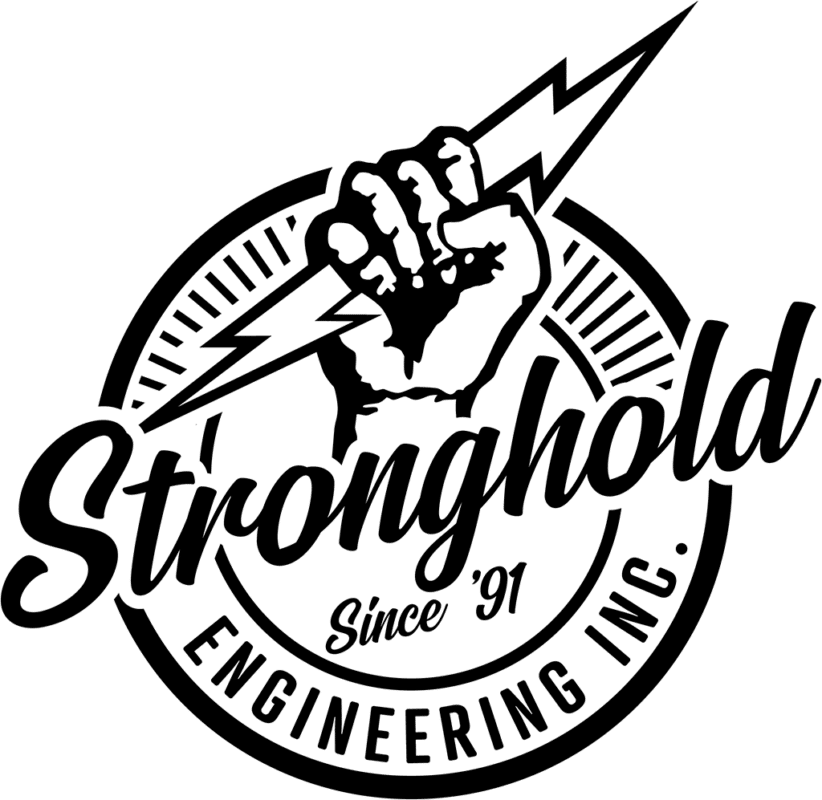If you’re involved in construction, you understand that the selection of building structures is crucial. This decision directly affects the overall safety, durability, and functionality of the building.
Plus, your selection can significantly influence construction and maintenance costs, which makes it a critical factor in project budgeting. That’s why we’ve put together a guide to finding the right structural design for you.
7 of the Most Common Building Structures
A well-chosen structure can facilitate efficient space utilization, accommodate future expansions, and enhance the building’s aesthetic appeal. With that being said, here are our top 7 most common building structures.
1. Steel Frame Structures
Steel frames are highly versatile and widely used. With advantages like the following, they’re most ideal for high-rise structures:
- Strong and Durable: Steel can withstand heavy loads, which makes it a popular choice for tall buildings.
- Flexible Design: Steel frames can be fabricated to any shape or size, providing architects with greater design freedom.
- Cost-Effective: Not only are steel frames relatively inexpensive, but they also require less maintenance and have a longer lifespan.
2. Reinforced Concrete Structures
Another popular choice for building structure is reinforced concrete structures, which have the following benefits:
- High Strength: Reinforced concrete is known for its excellent strength and durability, which makes it ideal for buildings in harsh environments.
- Fire Resistance: Concrete has a high fire resistance rating, which commercial buildings can benefit from.
- Durable and Low-Maintenance: Reinforced concrete is highly durable and requires minimal maintenance, saving you time and money in the long run.
3. Masonry Structures
Masonry structures include materials like brick, stone, concrete blocks, or adobe. They are known for their aesthetic appeal, but have a few extra considerations.
- Sturdy and Resilient: Highly durable, fire-resistant, and good thermal insulation.
- Requires More Resources: Can be more expensive and require skilled labor for installation and maintenance.
4. Timber Frame Structures
Timber frame structures are another commonly used type that primarily consist of wooden beams and posts. If you’re looking for an environmentally friendly building structure, this is the perfect choice.
- Sustainable: Timber is a renewable resource that can be sustainably sourced, making it an eco-friendly option.
- Speed of Construction: Timber frames are relatively easy to construct and require less time compared to other types of structures.
- Thermal Insulation: Timber has low thermal conductivity, making it an excellent choice for buildings in colder climates.
5. Pre-Engineered Metal Buildings (PEMB)
Pre-engineered metal buildings, also known as PEMBs, have gained popularity in construction due to their cost-efficiency and versatility. These building structures typically consist of steel frames, roofs, and walls that are all manufactured off-site, and later assembled on the construction site—this reduces construction time significantly. Here are some key characteristics of PEMBs:
- Customizable and Versatile: PEMBs can be designed to fit any building size or shape, providing flexibility in design.
- Cost-Efficient: Since the materials are pre-engineered and manufactured off-site, it reduces labor costs and minimizes material waste, which makes it a cost-efficient option.
6. Glass Structures
Glass structures are increasingly becoming a staple in modern architecture, where they are celebrated for their sleek, sophisticated aesthetic and ability to create light-filled spaces.
- Natural Lighting: Glass structures allow for an abundance of natural light, reducing the need for artificial lighting and energy expenses.
- Visual Appeal: Glass structures can add a unique and eye-catching element to any commercial building design.
While glass structures provide great aesthetic appeal and advantages, their inherent energy efficiency and environmental impact are contingent on careful design considerations. The use of high-performance glass, such as Low-E coated or insulated glass, is crucial for reducing heat gain and loss.
7. Hybrid Structures
Hybrid structures, as the name suggests, combine two or more types of structural systems to leverage their strengths and overcome their respective weaknesses. They are most commonly used in projects that require unique design solutions. Here are some key characteristics:
- Versatile Design: Hybrid structures offer an unparalleled level of design flexibility, which allows architects to incorporate the best features of different structural systems.
- Optimized Performance: By combining different construction methods, hybrid structures can deliver superior performance in terms of strength, durability, and energy efficiency.
For example, a building might combine a steel frame (for its strength and flexibility) with a reinforced concrete core (for its high fire resistance and acoustic insulation). Similarly, a hybrid structure might combine timber frames (for their sustainability and thermal insulation) with glass facades (for natural lighting and visual appeal).
Building Structures for Specific Construction Projects
Now, let’s explore how these common building structures apply to different construction projects.
Commercial Construction Projects
Commercial construction involves the development of buildings for businesses, retail, and offices.
Steel frame structures are a popular choice for commercial projects due to their versatility and ability to create open, column-free spaces. Pre-engineered metal buildings (PEMB) can also be advantageous for cost-effective and quick construction.
Industrial Construction Projects
Industrial construction involves the design and erection of structures for manufacturing, processing, or storage purposes.
Steel frame structures are often preferred for industrial projects due to their strength and adaptability for large, open spaces. Pre-engineered metal buildings (PEMB) are also a popular choice for their cost-efficiency and quick construction.
Institutional Construction Projects
Institutional construction focuses on structures for public services, such as schools, hospitals, and government buildings.
Reinforced concrete structures and masonry structures are commonly used in institutional construction for their durability and fire resistance. Glass structures may be suitable for institutional buildings where a sustainable and aesthetically pleasing design is desired.
Heavy Civil Construction Projects
Heavy civil construction involves large-scale infrastructure projects, including bridges, tunnels, and highways.
Hybrid structures can be beneficial for heavy civil construction projects, where combining different materials optimizes performance. Steel frame structures are often used in bridge construction for their strength, while reinforced concrete structures are prevalent in the construction of tunnels and other underground structures.
Experience Excellence in Construction With Stronghold Engineering
Whether you’re looking for steel frame structures, reinforced concrete structures, or any other type of building structure, Stronghold Engineering has got you covered. With decades of experience in commercial construction, we have the expertise to deliver high-quality results that both meet your requirements and exceed your expectations. Contact us today to learn more about our services and how we can help bring your vision to life.

